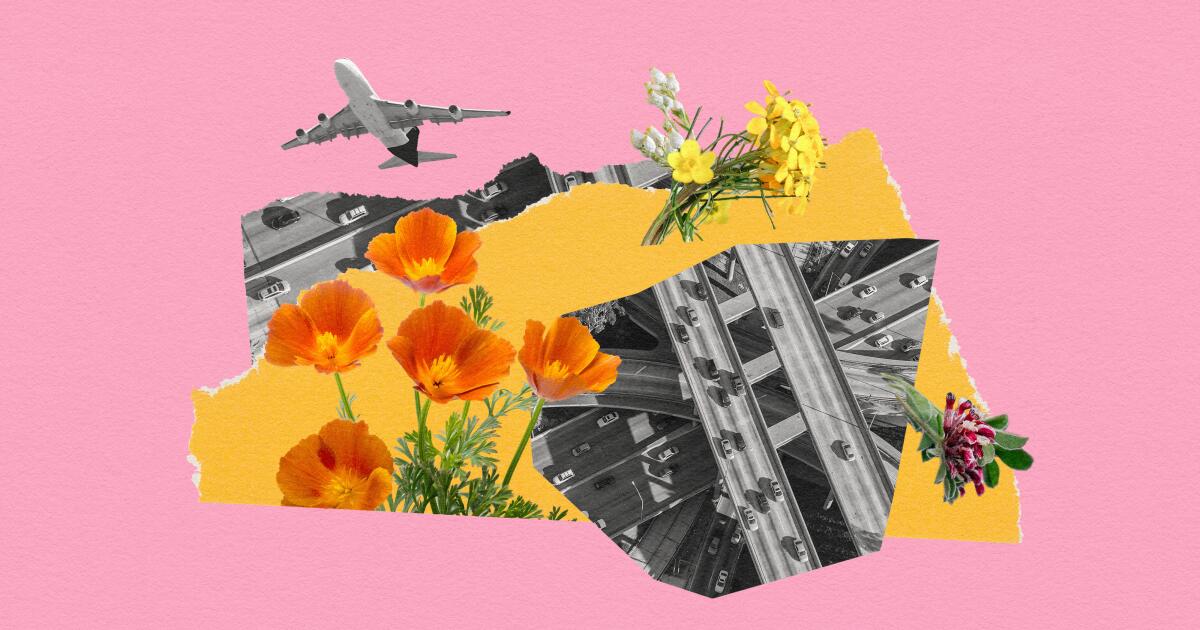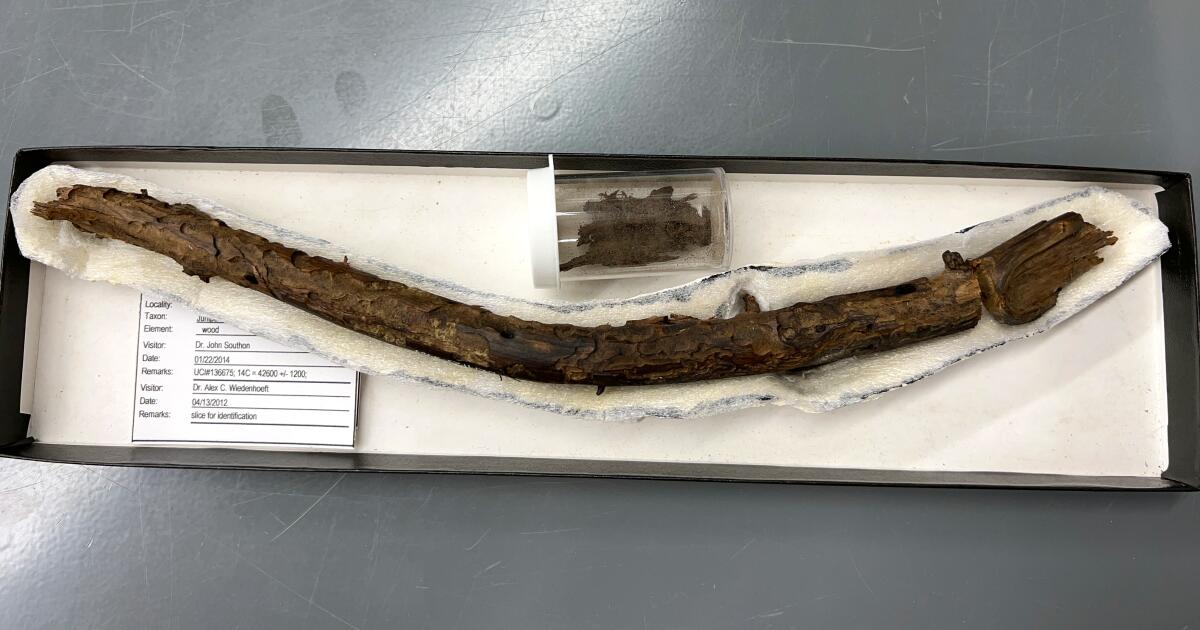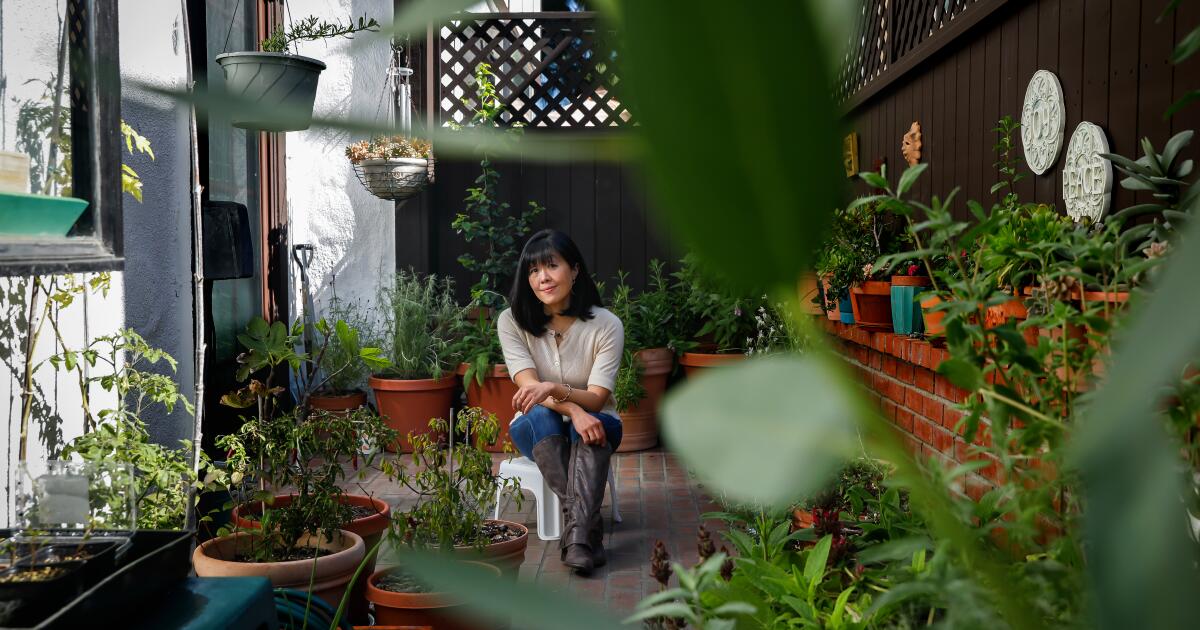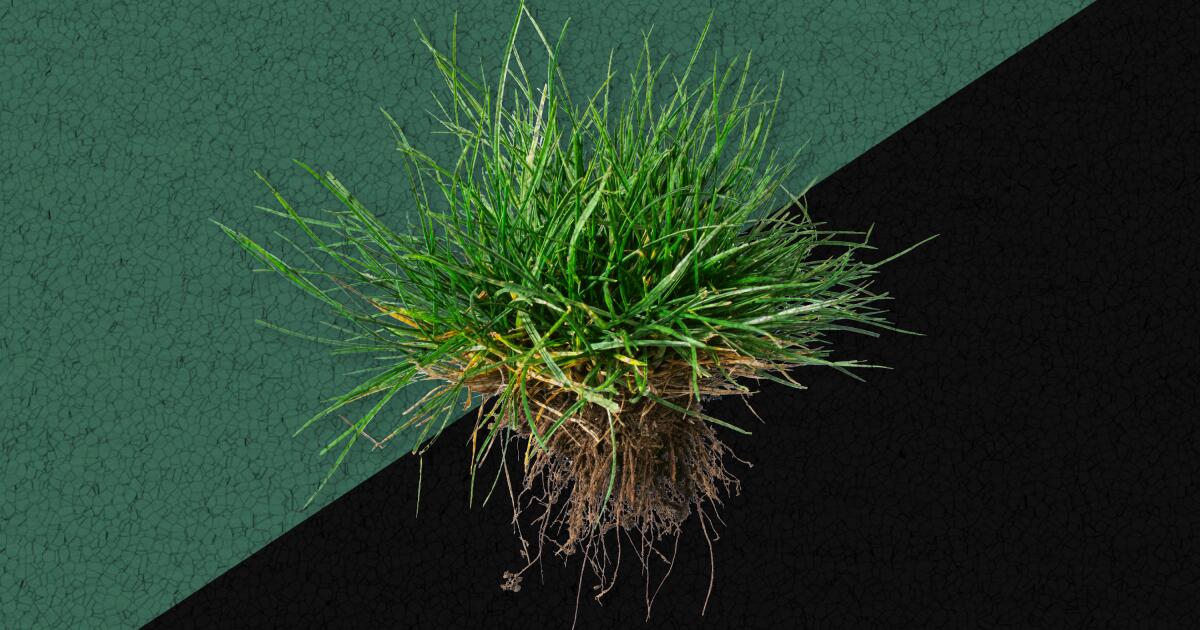
Oh, no! Your native plants look dead. Here’s what to do
LA TimesSo you’ve torn out your lawn and created a native plant garden to conserve water and restore habitat for struggling birds and insects. That’s because invasive, nonnative weeds are tough, quick-growing and constantly competing for light, nutrients and water against slower-growing native plants, said Schwartz, who blogs under the name Eric Ameria at L.A. “This is actually a really good time of year to do remedial weeding, because the wildflowers have died back and you can actually see the weeds,” Schwartz said. “It grows in rank mats faster than wildflowers, and if you don’t control it, it will smother everything in a New York second.” Bruce Schwartz sits in his native plant garden. “So as a start, I suggest maybe you reduce your lawn and have a native plant victory garden, where the food is not for you, but for the wild animals who live here.” Schwartz recommends focusing on three kinds of plants for that victory garden — buckwheats, sages and sagebrush, all of which have many varieties to choose from and require little or no water once they’re established. A California polypody in Bruce Schwartz’s native plants garden will go dormant for the summer, waiting for fall rain.
History of this topic

In a hot L.A. neighborhood full of brown lawns, his DIY native plant garden thrives
LA Times
They transformed a sad, junk-filled yard into a DIY native plant wonderland
LA Times
Your bird feeder is canceled. Attract birds with these 13 native plants instead
LA Times
No yard? No problem. Help save the world by growing native plants in pots
LA TimesDiscover Related











































